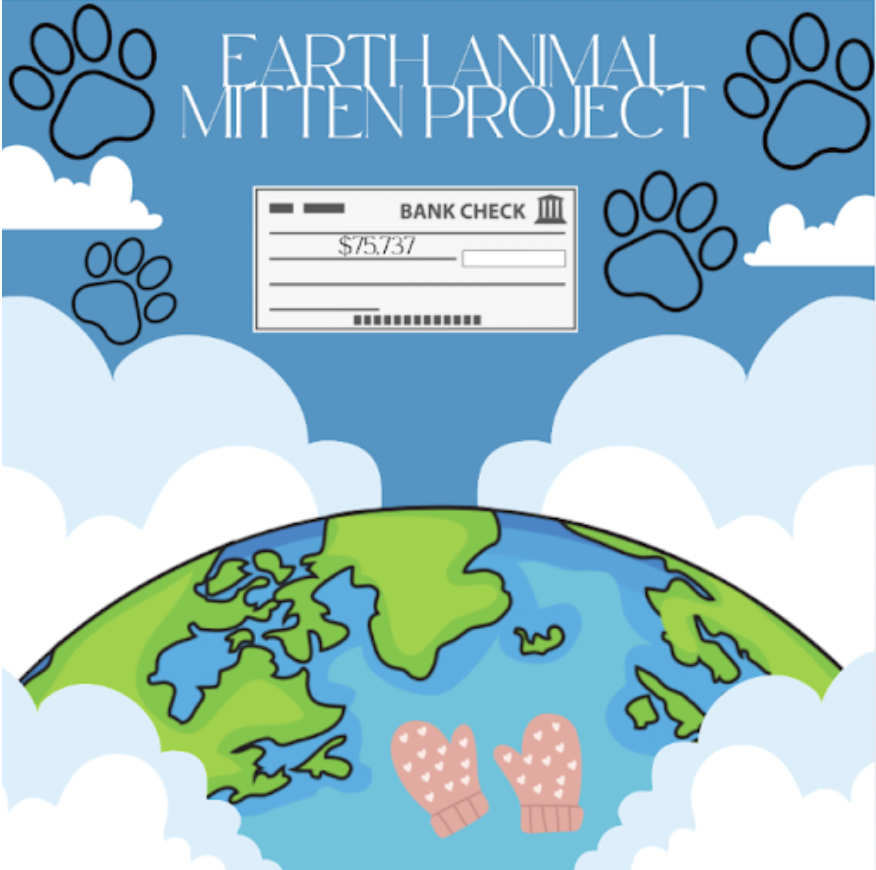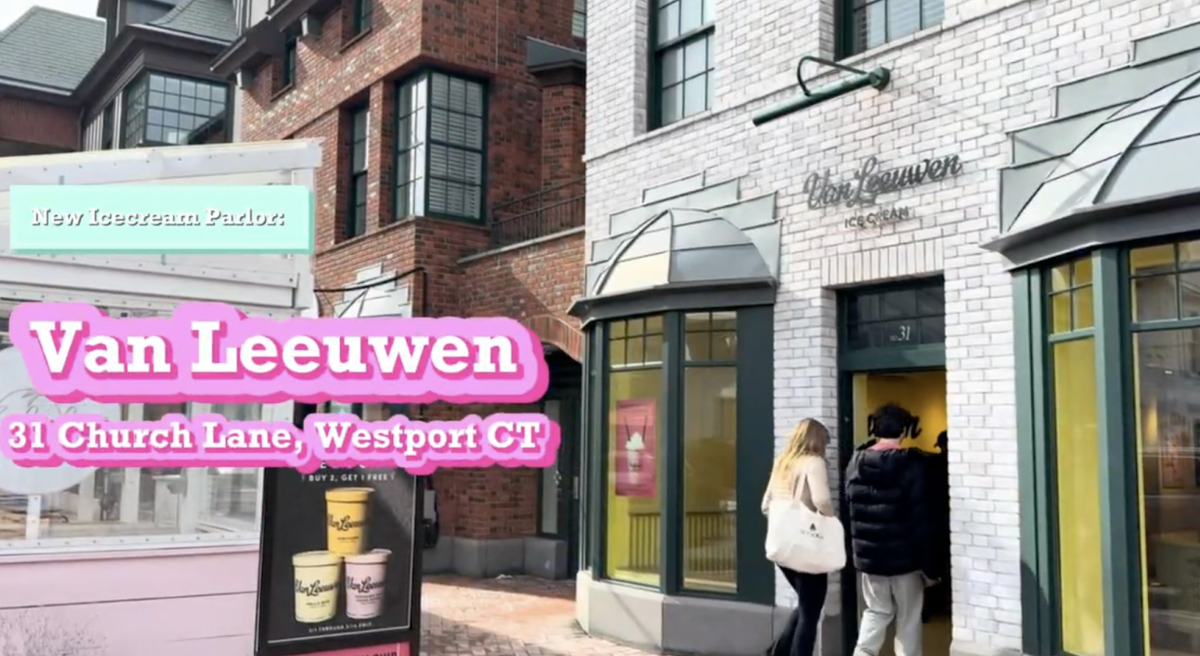How to be eco-friendly this holiday season
Every year an exorbitant amount of waste is produced during the holiday season. There are so many ways to contribute to bettering the planet by simply improving a few holiday rituals. The many misconceptions surrounding recycling are very harmful for the earth but change is in reach.
As someone who has two family birthdays, celebrates both Christmas and Hanukkah, Thanksgiving and New Years all within the span of three months, I’m no stranger to gift giving. In fact, I would consider myself a pro gift-wrapper. Though, with that being said, I’ve never actually thought about where all of that wrapping paper ends up.
Earth911 estimates that approximately 4.6 million pounds of wrapping paper are produced in the U.S. every year, and about 2.3 million pounds end up in the landfill. Though, in previous years I haven’t been the best at staying green, this year I am going to make my best effort to protect our planet and I would encourage everyone else to do the same.
While the solution to all of this waste may seem obvious (just recycle, already!), this is a common misconception that has increased the amount of waste produced during the holiday months. The shiny glitter finish that is on many wrapping papers is actually not recyclable. Bows, anything covered in glitter and most holiday cards are meant to end up in the trash. Recycling non-recyclable items can damage the equipment used during the recycling process and can contaminate the pile. According to Planet Home, the 2.65 billion holiday cards that are sold every year in the U.S. could fill up a football field 10 stories high.
Though this all may seem daunting, there are many solutions to maintaining your holiday traditions while being more environmentally conscious. There are several wrapping papers that don’t contain those shiny or glittery finishes which actually can be recycled. The best way to check if your paper is recyclable is by crumpling it into a ball. If the paper stays in a ball, it’s recyclable. If the paper won’t stay crumpled, then it’s meant for the trash and you’re best off returning it for something new.
The US Department of Energy stated that holiday lights consume the amount of energy equivalent to the total monthly energy consumed by around 500,000 homes. If that isn’t enough to convince you to boycott the string lights, light pollution has even been connected to decreased melatonin production in humans. A simple fix to this problem is using LED lights. LED lights are just as effective as string lights, are energy efficient, have a much smaller carbon footprint and are much more durable.
Whether it be buying a real tree, making homemade cards, re-using newspaper and old materials to create upcycled decor, or simply recycling the materials that can be, there are so many ways to help out this holiday season. With Thanksgiving, Hanukkah, Christmas and New Years all coming up within the span of the next three months, waste is inevitable. In fact, the Times Record says that the household waste increases by more than 25% from Thanksgiving to New Year’s. But everyone’s contribution can help and the small efforts will add up to a greater outcome in the long run. So I will be making my efforts to limit the amount of waste me and my family produce in these next coming months and will encourage those around me to do the same.

Audience Engagement Manager Margot Richlin ’23 is someone who thrives within communities. The same pull first attracted her to Inklings.
“I joined...





















































